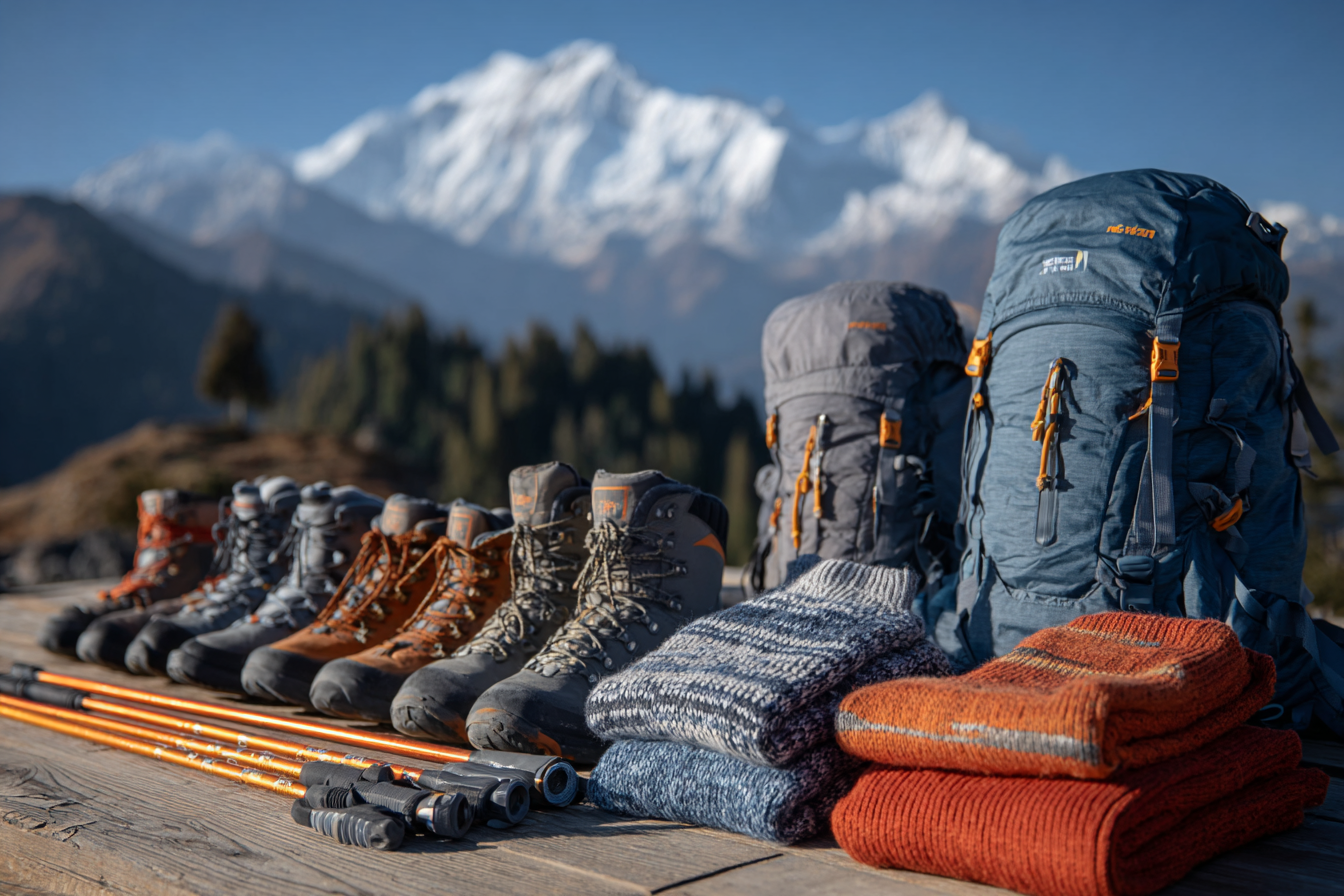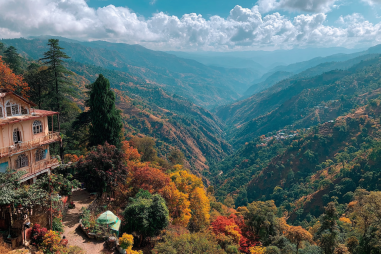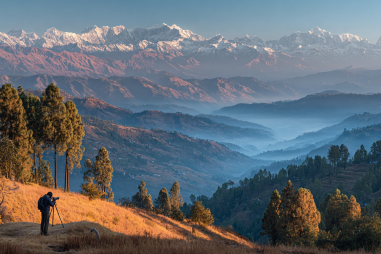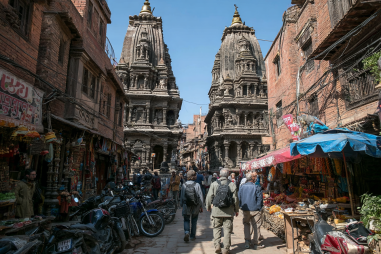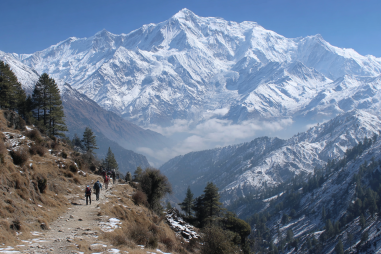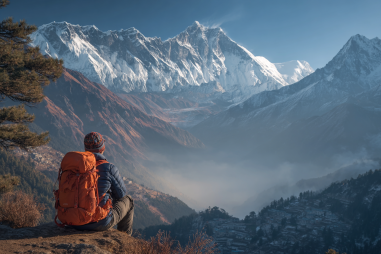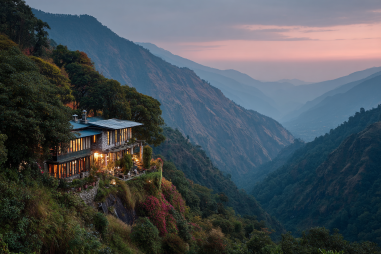Embarking on the Annapurna Base Camp trek is an exhilarating adventure that combines breathtaking scenery with the challenge of high-altitude trekking. One of the keys to enjoying this journey fully is ensuring you’ve packed the right gear. Packing too much can weigh you down, while leaving essentials behind can make your trek uncomfortable or even unsafe. This guide will help you prepare a well-balanced Annapurna Base Camp packing list, covering everything from clothing to gadgets, and offering tips to pack smartly for this unforgettable trek.
Clothing Essentials for Different Weather
The weather on the Annapurna Base Camp trek can vary greatly — warm and sunny during the day, cold at night, and unpredictable in higher altitudes. Layering is the best approach to stay comfortable throughout your journey.
- Base Layers: Moisture-wicking thermal tops and bottoms will keep sweat away from your skin and help maintain warmth when temperatures drop.
- Mid Layers: A fleece jacket or insulated synthetic jacket provides necessary warmth during chilly mornings and evenings.
- Outer Layers: A waterproof and windproof shell jacket and pants protect against rain, snow, and strong winds that you might encounter at higher elevations.
- Trekking Shirts: Quick-dry, breathable T-shirts or long-sleeves made from synthetic or merino wool material are ideal for daytime hiking.
- Trekking Pants: Lightweight, durable, and convertible pants (with zip-off legs) allow comfort and flexibility.
- Warm Accessories: Don’t forget a warm hat, gloves (preferably waterproof and insulated), and a buff or neck gaiter to protect against cold and wind.
- Socks: Multiple pairs of moisture-wicking trekking socks are essential to keep your feet dry and blister-free.
Footwear Recommendations
Your feet are your most important asset on a trek, so investing in the right footwear is crucial.
- Trekking Boots: Sturdy, waterproof, and well-broken-in boots with ankle support are a must. Choose boots that provide comfort over uneven terrain.
- Camp Shoes: Lightweight shoes or sandals for relaxing in the tea houses and lodges after a full day of trekking.
- Gaiters: Optional but useful to keep dirt, snow, and debris out of your boots.
Technical Trekking Gear
Besides clothing and footwear, certain technical gear will enhance your safety and comfort on the trek.
- Trekking Poles: Adjustable poles provide stability on steep or slippery terrain and reduce strain on your knees.
- Backpack: A comfortable daypack (30-40 liters) to carry your essentials during the day, and a larger duffle bag for porters if you hire one.
- Sleeping Bag: Although many lodges provide basic blankets, having a high-quality sleeping bag rated for at least -5°C (23°F) will keep you warm during cold nights.
- Headlamp: Essential for moving around your lodge in the dark, and useful for early starts.
- Sunglasses and Sunhat: Protect your eyes and face from intense UV rays, especially at higher altitudes.
- Water Bottles or Hydration System: Reusable water bottles or hydration bladders help you stay hydrated throughout the trek.
Health and Safety Items
Health and sanitation are vital on a trek that goes through remote areas.
- First Aid Kit: Include band-aids, antiseptic wipes, pain relievers, blister care, anti-diarrhea medication, altitude sickness medicine (consult your doctor), and any personal prescriptions.
- Water Purification: Tablets or a portable water filter are handy, as untreated water sources are common.
- Hand Sanitizer and Wet Wipes: For maintaining hygiene where soap and water are limited.
- Sunscreen and Lip Balm: High SPF products to protect your skin from harsh sun exposure.
- Insect Repellent: Particularly useful during warmer months when mosquitoes are present.
Electronics and Navigation Tools
While the focus is on disconnecting and enjoying nature, certain gadgets can improve the trek experience without overloading you.
- Smartphone and Charger: For communication, navigation, and photography.
- Power Bank: Electricity can be unreliable or come at a cost, so extra battery power is helpful.
- Camera: Optional, but a good camera lets you capture stunning mountain vistas.
- GPS Device or Maps: While the trail is well-marked, having a backup for navigation is reassuring.
- Adapter and Spare Batteries: Check Nepal’s power plug standards and bring spares as needed.
Food and Hydration Supplies
Most camps and teahouses provide meals, but packing a few essentials can keep your energy levels up during the trek.
- High-Energy Snacks: Energy bars, nuts, chocolate, and dried fruits are perfect for quick boosts.
- Electrolyte Powders: Help replenish salts lost through sweat, especially useful at high altitudes.
- Reusable Utensils and Cup: Some lodges don’t provide cutlery, so having your own can be convenient and eco-friendly.
Documents and Permits
Carrying the correct documentation is mandatory for trekking in the Annapurna region.
- Trekking Permits: Annapurna Conservation Area Permit (ACAP) and Trekkers’ Information Management System (TIMS) card are required. These can be obtained in Kathmandu or Pokhara.
- Identification: Passport and copies of important documents should be carried securely.
- Travel Insurance: Ensure your policy covers trekking at high altitudes and emergency evacuation.
Tips for Packing Light
Packing light improves mobility and reduces fatigue. Here are some tips to keep your backpack manageable:
- Choose versatile, lightweight clothing that can be layered.
- Share items like toiletries with fellow trekkers if possible.
- Use compression sacks or packing cubes to organize and minimize volume.
- Limit electronics and heavy gadgets to those you absolutely need.
- Test gear and clothing before the trek to avoid unnecessary items.
What to Leave at Home
Knowing what not to bring is as important as knowing what to pack.
- Excessive Clothing: Avoid multiple pairs of heavy clothes or fashion items; focus on practicality.
- Valuables and Jewelry: These can get lost or damaged and aren’t needed on the trek.
- Heavy Books: Opt for e-books or light reading material.
- Non-Essential Gadgets: Leave behind expensive electronics that have no trekking purpose.
- Plastic Bags: Instead, use reusable bags to minimize environmental impact.
Final Checklist Before Departure
Before you set off on your Annapurna Base Camp adventure, run through this checklist to ensure nothing is forgotten:
- Check weather forecast and adjust clothing accordingly.
- Verify permits, insurance, and IDs are packed and accessible.
- Charge all electronics and pack power banks.
- Ensure all gear is functional and comfortably fits.
- Label your bags with contact information.
- Confirm travel arrangements and porters if hired.
Preparing well with the right packing list will make the Annapurna Base Camp trek an enjoyable journey where you can focus on soaking up the stunning landscapes and creating lasting memories.

